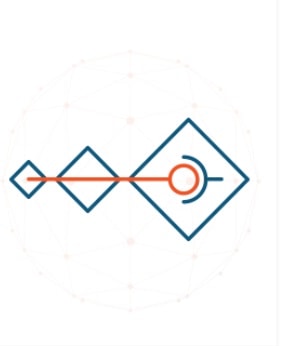According to a recent article in TD magazine, microlearning is defined as training that is delivered in a bite-sized format that puts individuals in control of what they’re learning.
By using microlearning for performance management, orgs spread #training opps more evenly thru personalized learning https://t.co/49clyS291s
— TD Magazine (@TDMag) April 29, 2016
Not exactly revolutionary, of course, as companies over the past few years have come to recognize the value of presenting training in shorter formats, that employees can access anywhere and anytime.
This is perfect, of course, for millennials, who are often criticized for short attention spans. But while millennials have surpassed Generation X as the largest demographic of employees, the ubiquity of devices and bombarding of media have contributed to a general view that all of us can only absorb content in smaller, shorter intervals, regardless of age. Who has time for a day-long training anyway?
Another vote for microlearning comes from the idea that companies are transforming themselves into organizations in which learning is pervasive and embedded deeply into the culture. In some forward-thinking companies, L&D and other human resources professionals are considered responsible for change, engagement, and experience, as employees are looking at employment less as a means to a paycheck and more as a benefit for their overall personal and professional experience.
Of course, microlearning is not a panacea for every training need. Microlearning works for skills that the employee already possesses, skills that need to be revisited, reinforced, or leveled up. However, if an employee is learning a new skill for the first time, and that skill happens to be rather complex, microlearning falls apart, as it cannot deliver a complete, thorough introduction to a topic. As such, a resourceful manager will need to seek or create longer-form training for employees with significant skills gaps.
Additionally, just because training is shortened does not automatically make it more effective for distracted employees. For microlearning to work, a traditional training course may need to be redesigned so it can be mapped to learning outcomes.
Best-in-class organizations recognize this distinction and provide their stakeholders with a range of learning options, from traditional, longer-form courses to shorter microlearning.




